Knitting, Chinese Knots, Braid Theory
Am fascinated by the math aspects of knitting… e.g. the pure math aspect of how those threads are inter-woven, such as in Braid theory.
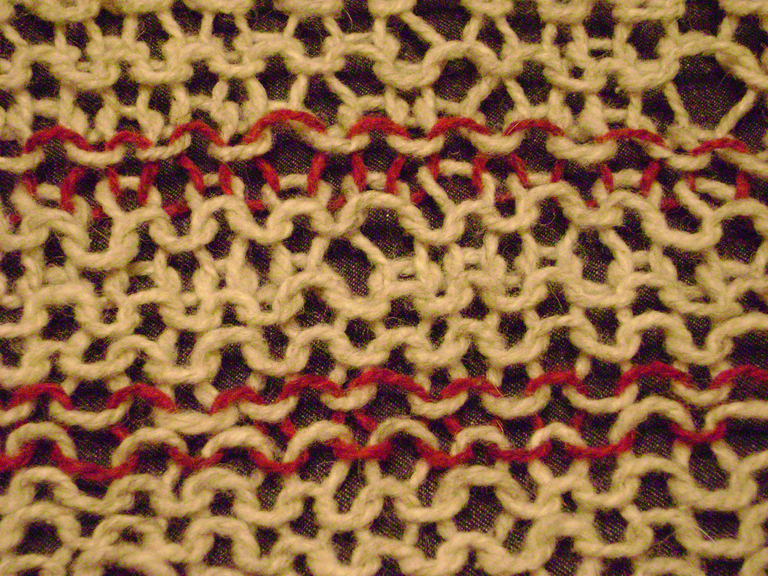
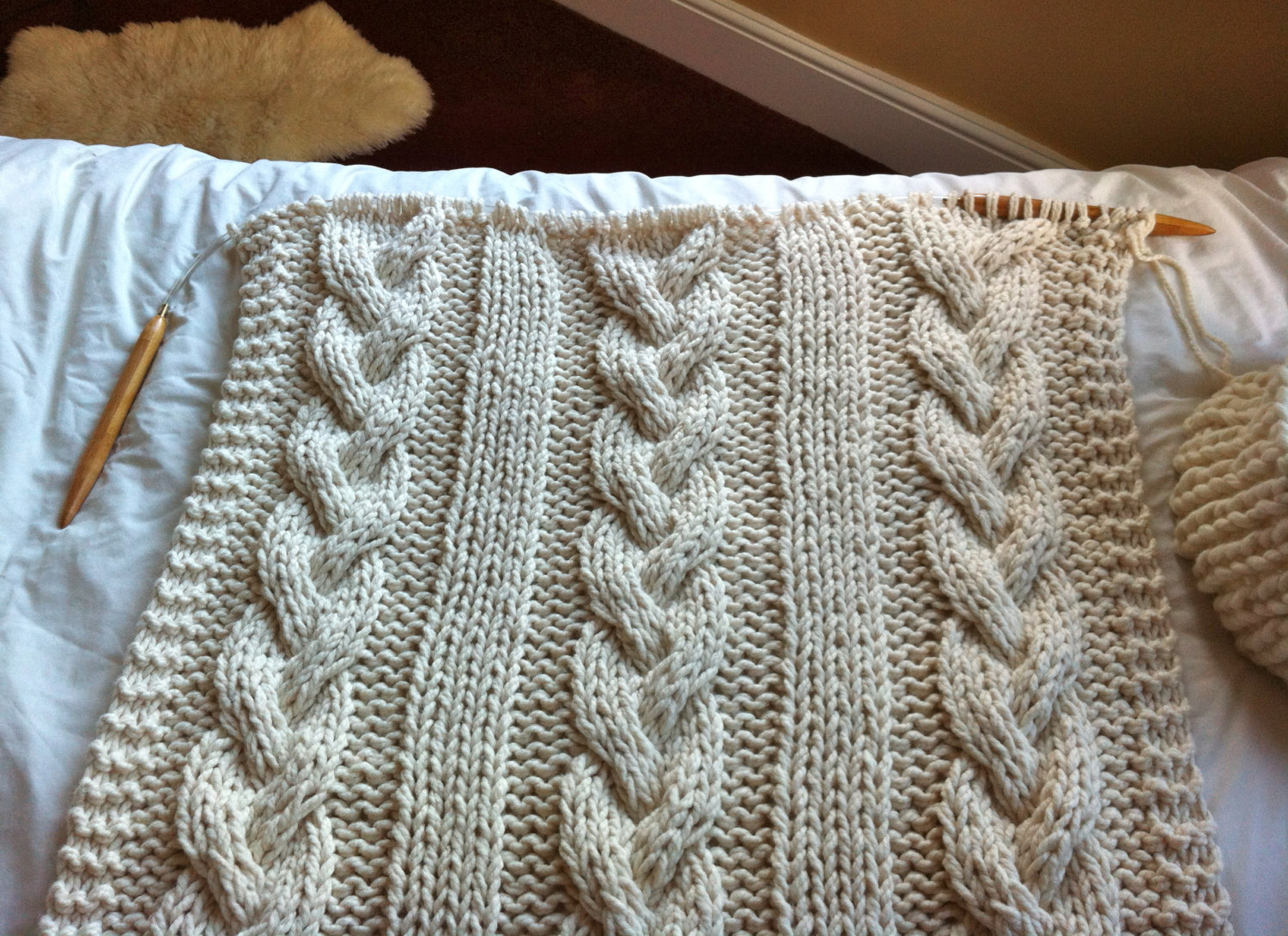
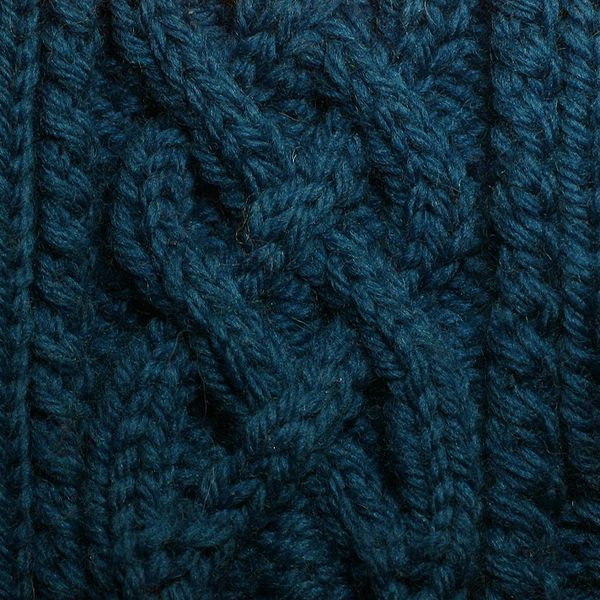
Besides the math aspect of which thread are intertwined with which other threads in what way, it is also possible to create a pattern on the surface. What such patterns are possible, how are they made, must by itself be a complex theory.

Chinese Knots
Also related is Chinese knotting.


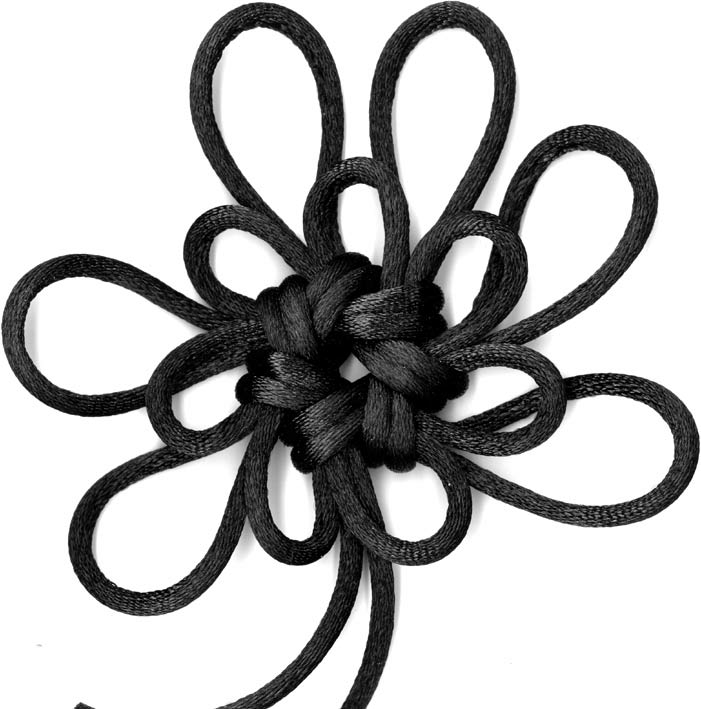

Discovered this fantastic book, free: Encyclopedia Of Needlework , By Thérèse De Dillmont. @ http://www.gutenberg.org/files/20776/20776-h/chapter_11.html
It provides in-depth coverage, with hundreds of clear illustrations, many of which shows the pure weaving beauty of math.
Basket Weaving
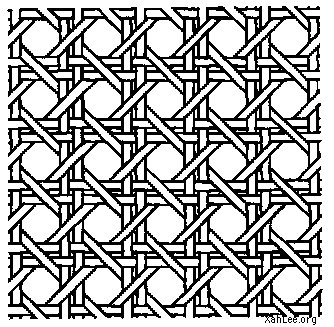
Celtic Knots


Decorative Weaving Patterns


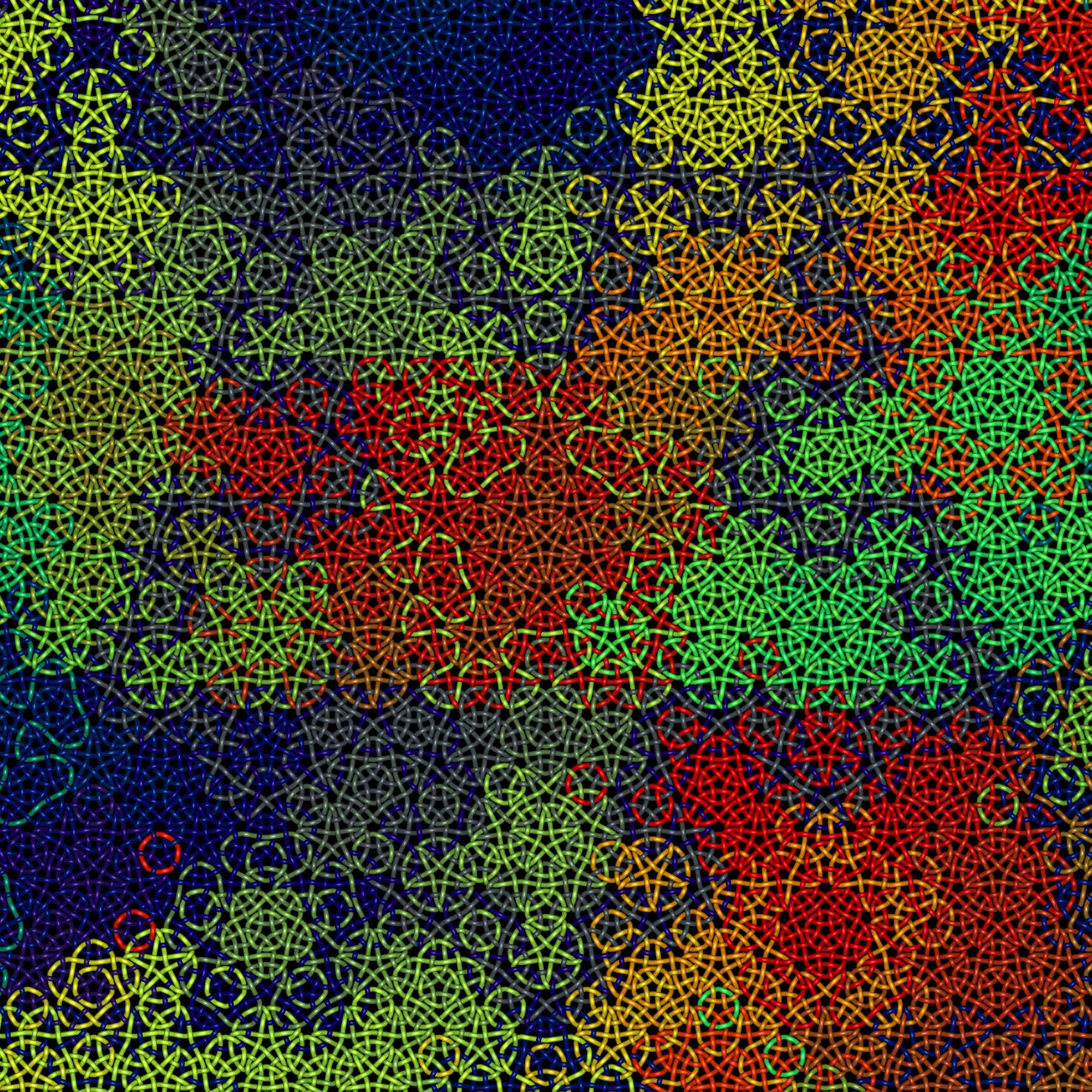
This image shows the modern approach of possibilities on the subject of weaving. Note that many of the threads are closed circles, as links. A weaving made of entirely links is not explored in knitting, fabric, or any sort of weaving artifact, simply because it is not practical. However, as modern material science, this is a new vista. Or as mathematical classification of weaving, this have not been studied much, if at all.
Also, when we consider the math aspects of links, knots, weavings, we think of topology. That is, how each thread or inter-woven with other threads. However, weavings as a decorative art, the geometric positioning, is a critical part of the work.
Hyperbolic Surface Crochet
Unrelated to math aspects of weaving, but saw this the other day. Knitting a hyperbolic surface.

Actually, the person who knitted this is Daina Taimina, a mathematician, and she has written a book. Crocheting Adventures with Hyperbolic Planes , by Daina Taimina. Buy at amazon
Little Math Research
As far as i know there's not much serious mathematical study on knitting, Chinese knots, weaving, as a math subject. By that, i mean, definition, analysis, theories, of weaving from a professional mathematician, as a sub-field of combinatorial geometry, on what weaving are possible, their classification, etc. Not, for example, studies on how to create such work, or survey of abstract patterns on existing artworks, from artisans or artists or anthropologists, or algorithms about how to create such patterns by computer programers.
I've only seen some research papers by Branko Grünbaum and G C Shephard on the weaving studies. e.g. A Catalogue of Isonemal Fabrics , Branko Grünbaum and G C Shephard, “Discrete Geometry and Covexity” vol 440.
〔see Tilings and Patterns, by Branko Grunbaüm, G C Shaphard〕